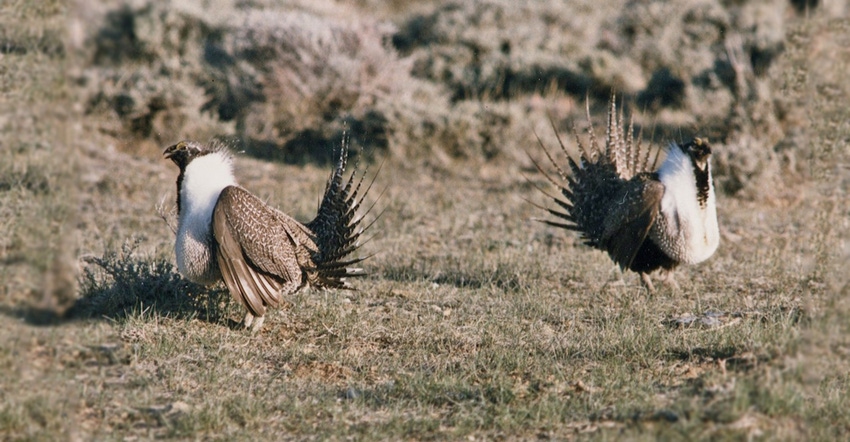August 31, 2017

Douglas, Wyo., rancher John Riehle purchased the 8,284-acre Three Creek Ranch near Lance Creek, Wyo., from the Assman Family Land Partnership.
The partnership includes Ray and Stephanie Sikes and Mike and Darla Assman.
The ranch was originally listed for $4.7 million, or $567 per deeded acre, but the asking price was dropped to $3.9 million, or $471 per acre (a reduction of 17%).
The actual selling price for the ranch, which was listed by Clark and Associates Land Brokers, was not available.
The transaction came with 4,793 Bureau of Land Management lease acres. The permit allows about 660 animal-unit months of grazing each year at a cost of approximately $1,400.
The contiguous ranch, composed of grass and sage lands, has historically been run as a cow-calf operation with supplemental winter feeding. It was owner-rated at 375 pairs.
Three creeks, six stock reservoirs, underground stock tanks and pipeline, aboveground water tanks and cross-fencing allow for efficient grazing rotations.
Other improvements include two modest homes, two large utility and equipment storage buildings, four smaller utility buildings, three tool sheds, three cattle sheds and a set of corrals. As an aside, the corrals were designed by Temple Grandin, a Colorado State University professor of animal sciences who is well-known for her research and teaching related to animal behavior and handling, as well as autism.
Annual real estate taxes are about $3,800, equating to 45 cents a deeded acre. The taxable value of the land and improvements is about $637,000, but this does not reflect the actual market value of the property.
Focus on preservation
Riehle, who earned an ag business degree from the University of Wyoming, was raised on a Wyoming ranch that has been in his family for four generations. He’s a member of the Thunder Basin Grasslands Prairie Ecosystem Association, which collaborates with public and private entities to improve wildlife habitat in eastern Wyoming and southeast Montana.
“I believe it is important for people from agriculture and other industries to work with conservation experts to come up with good solutions to local problems,” he says on the association’s website.
The ranch he purchased features abundant populations of pronghorn antelope, and mule and white-tailed deer. It also provides habitat for numerous other resident and migratory species that inhabit the Thunder Basin grassland and prairie ecosystems, including the threatened greater sage grouse.
Many ranchers in Wyoming and other Western states have actively been working with state and federal agencies, conservation organizations, energy companies and others to improve habitat for sage grouse in an effort to keep the iconic bird off the federal endangered species list.
Waggener writes from Laramie, Wyo.
About the Author(s)
You May Also Like




